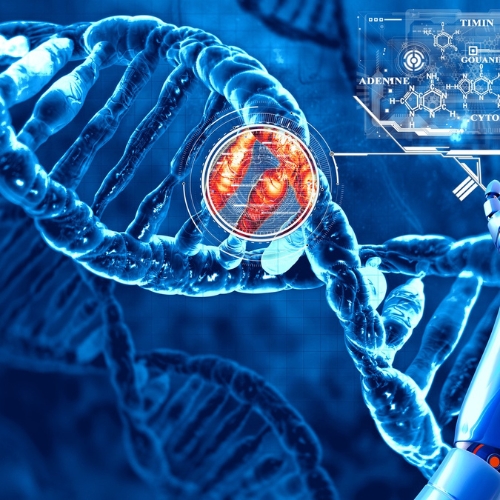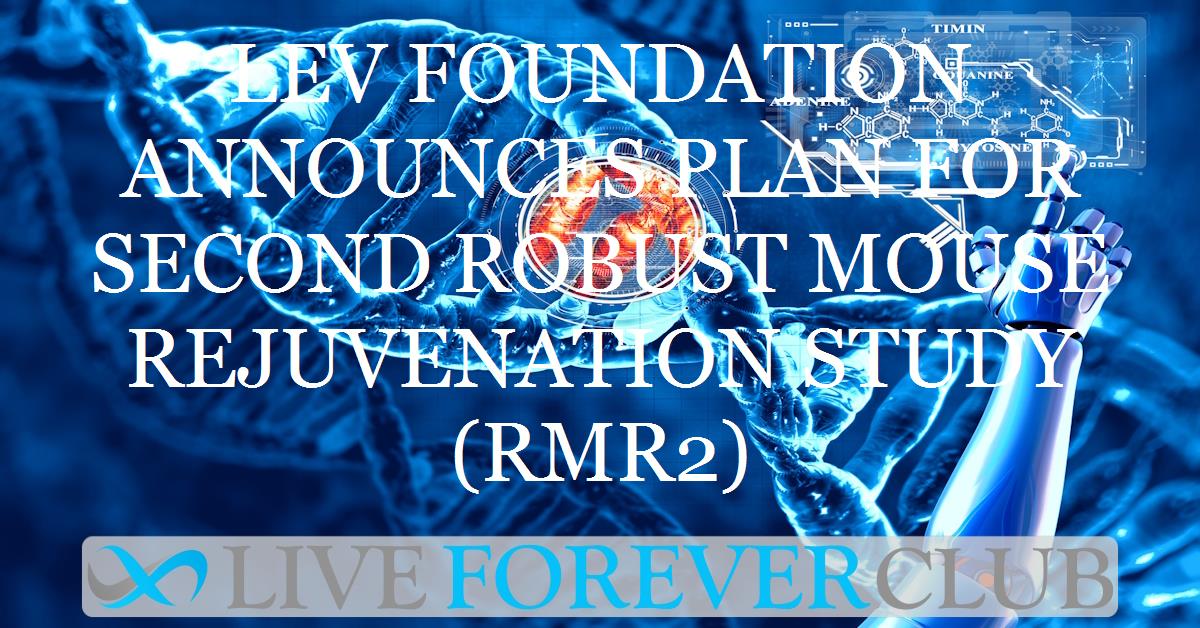About halfway through RMR1 (depending on how long the mice live) LEV Foundation (LEVF) is already planning the next study which will investigate a different combination of longevity interventions. And it is the combinations that is important - with longevity treatments 1 + 1 could equal 2, minus 1 or even 10... we won't know until we try!
As for the study, the treatment program will start when mice are about 18 months old with a remaining life expectancy of one year; with the goal being to increase both mean and maximum lifespan by at least 12 months. But it's not just lifespan that will be measured, the researchers will also check healthspan and causes of death to better understand how the treatment combinations work.
Also as for RMR1, the practical side of things will be run by Ichor Life Sciences, though this time the animals will have access to a running wheel. This will allow the interventions to be compared to baseline healthy mice rather the sedentary, obese ones. However, all mice (including no intervention group) may receive rapamycin given its proven effect - though the final decision may be dependent on results of RMR1.
Interventions
Interventions planned for Robust Mouse Rejuvenation study 2 are the following.
Deuterated Fatty (Arachidonic) Acids
Deuterated polyunsaturated fatty acids (D-PUFAs) have an extra proton in their hydrogen atoms which makes them resistant to reactive oxygen species (ROS)-initiated chain reactions, reducing oxidative damage and cellular dysfunction that happens with aging. Safety of D-PUFAs has already been established in several human clinical trials.
Mouse Serum Albumin
Making up 60% of total blood protein, albumin has many roles including the maintenance of intravascular redox homeostasis. Given that the Conboy's plasma dilution results may be partly due to albumin replacement (rather than the dilution alone) this is a really interesting intervention to include.
Mesenchymal Stem Cells
Bone marrow stem cells (HSCs) were on of the interventions in RMR1, but this time around the study will include MSCs. These could have a much wider systemic impact over a range of tissues, rather than only the blood and immune system. There is some discussion as to whether the effects of MSC administration is the incorporation of the new cells or their effects on aged cells, though this is less important than whether the treatment works or not.
Partial Cellular Reprogramming
The hot topic in longevity at the moment, including significant investment into Altos Labs and other companies. Yamanaka factors are able to return a differentiated cell back to a pluripotent stem cell - or better, if applied for the right amount of time (hence "partial"), triggers the cell's rejuvenation without losing its identity. These rejuvenated cells display less inflammation and senescence, as well as, importantly, improved functionality.
Treatment Groups
There will be 10 groups of mice, including a group each of a single intervention and a group each of all except one intervention:
- control (will include rapamycin if decided to give to all groups)
- deuterated fatty acids
- mouse serum albumin
- mesenchymal stem cells
- partial cellular reprogramming
- mouse serum albumin, mesenchymal stem cells, partial cellular reprogramming
- deuterated fatty acids, mesenchymal stem cells, partial cellular reprogramming
- deuterated fatty acids, mouse serum albumin, partial cellular reprogramming
- deuterated fatty acids, mouse serum albumin, mesenchymal stem cells
- all interventions (deuterated fatty acids, mouse serum albumin, mesenchymal stem cells, partial cellular reprogramming)
Full details available on LEVF website: https://www.levf.org/projects/robust-mouse-rejuvenation-study-2
Of course, all of LEVF's plans are subject to receiving enough funding - so consider donating to support this and future studies:






